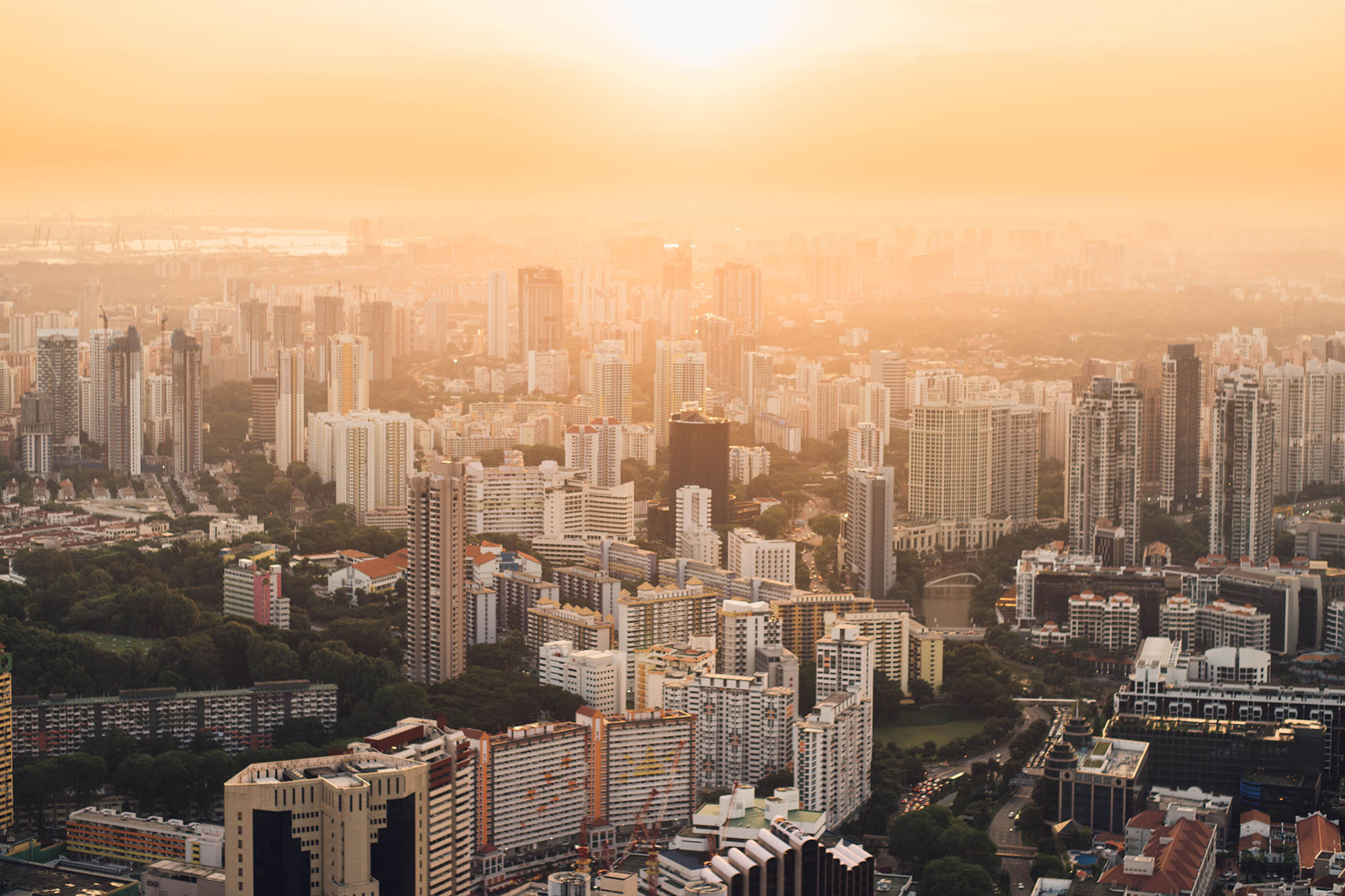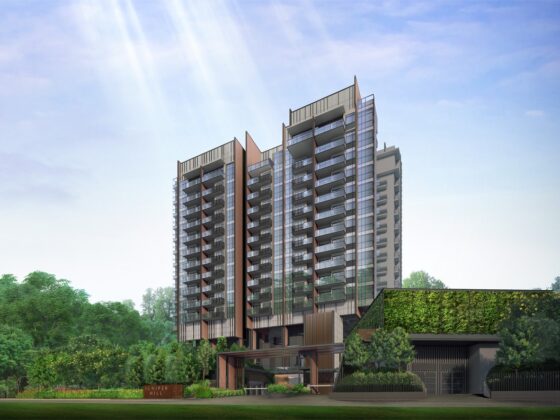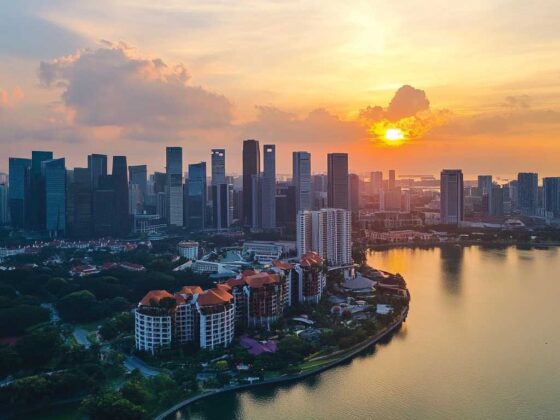District planning has long been the foundation of Singapore’s real estate success. By organizing the city into specific zones with dedicated purposes, the government ensures balanced growth and efficient land use. This structured approach allows both developers and investors to predict future trends with confidence.
1. Urban Zoning and Strategic Growth

Coastal Cabana exemplifies how district planning supports strategic real estate development. The Urban Redevelopment Authority (URA) carefully divides Singapore into zones for residential, commercial, and mixed-use purposes. This ensures that essential services, amenities, and transportation networks are distributed evenly across the city.
Planned districts like Marina Bay and Punggol have benefited immensely from this model. Through long-term vision and infrastructure integration, these areas have become hubs of growth, attracting both residents and businesses. The consistent layout and accessibility make such locations highly appealing to property buyers.
District planning also promotes urban renewal. By rejuvenating mature estates while introducing new developments, the government maintains a balanced property ecosystem that encourages stability and steady appreciation.
2. Infrastructure and Community Integration

Strong infrastructure is central to effective district planning. Each district is supported by schools, healthcare facilities, and transport connections designed to meet population needs. This makes life more convenient and enhances property desirability.
Projects like Coastal Cabana are strategically located near major expressways and MRT stations. These connections not only raise property value but also improve accessibility, which directly influences buyer decisions. When transportation links expand, surrounding properties often experience a surge in both interest and pricing.
Developers also align their projects with nearby amenities to attract specific buyer demographics. Families prefer districts with schools and parks, while professionals prioritize proximity to business centers and retail zones.
3. Long-Term Value and Sustainable Development

District planning is essential for maintaining Singapore’s real estate sustainability. Each area’s development is carefully managed to avoid overcrowding and environmental strain. Green corridors, park connectors, and mixed-use layouts create a sense of community while preserving ecological balance.
Investors benefit from this stability. Because each district grows under government guidance, sudden market shocks are minimized. Property owners can expect consistent value appreciation supported by clear planning frameworks and public investment in infrastructure.
This long-term approach ensures that Singapore’s property market remains one of the most organized and resilient globally, making it a benchmark for urban development.
Conclusion
District planning continues to shape Singapore’s real estate landscape through structure, balance, and foresight. It creates opportunities for developers while ensuring livability for residents and sustainable growth for the city as a whole.
Developments like Coastal Cabana highlight how thoughtful planning leads to long-term success. With every new district improvement, Singapore reinforces its position as a leader in smart, efficient urban development.


